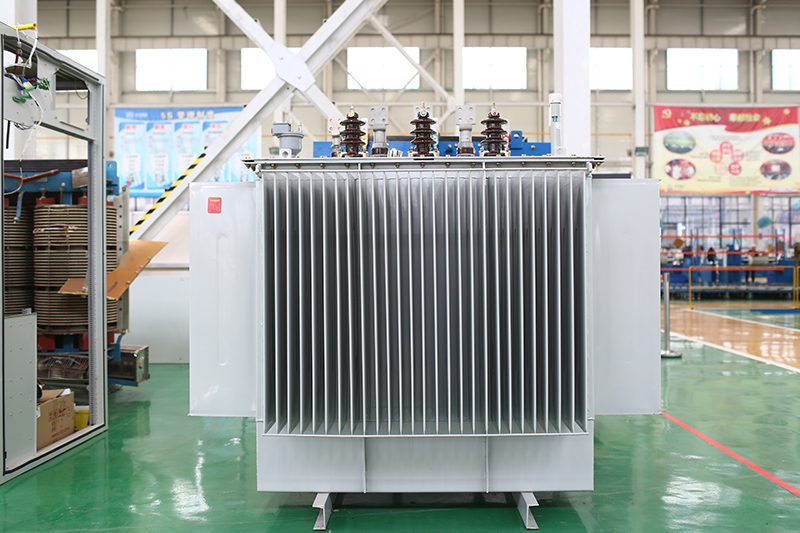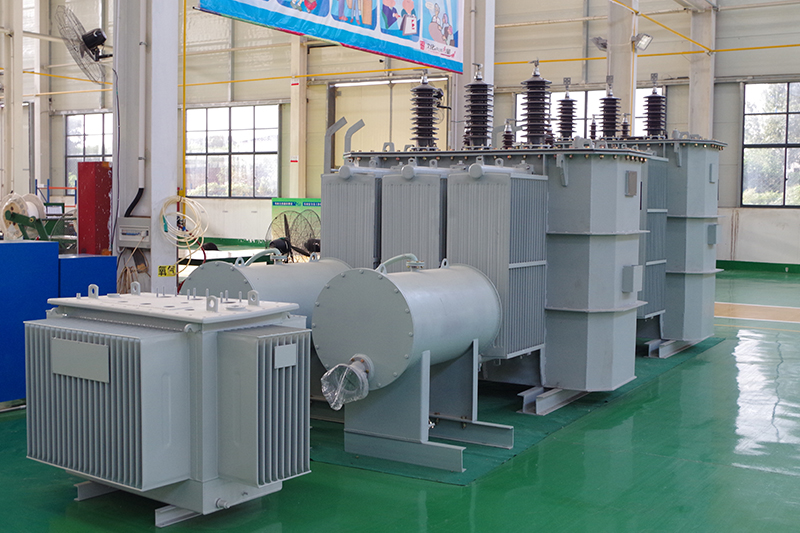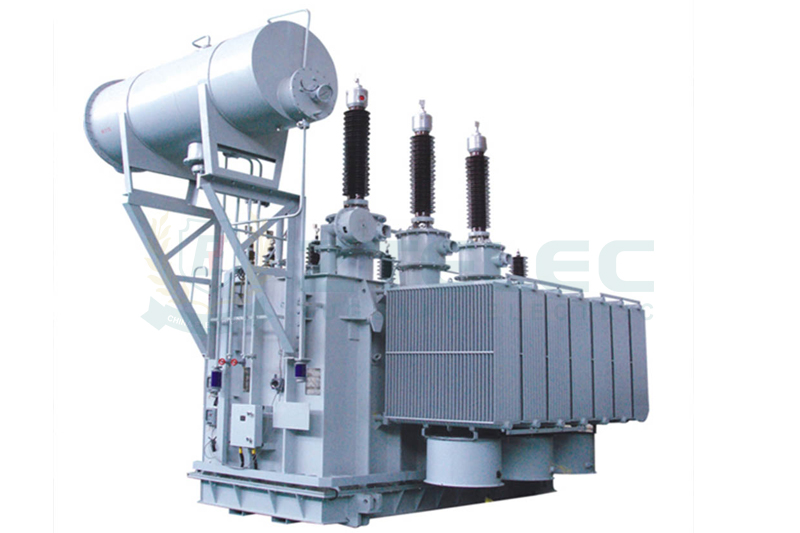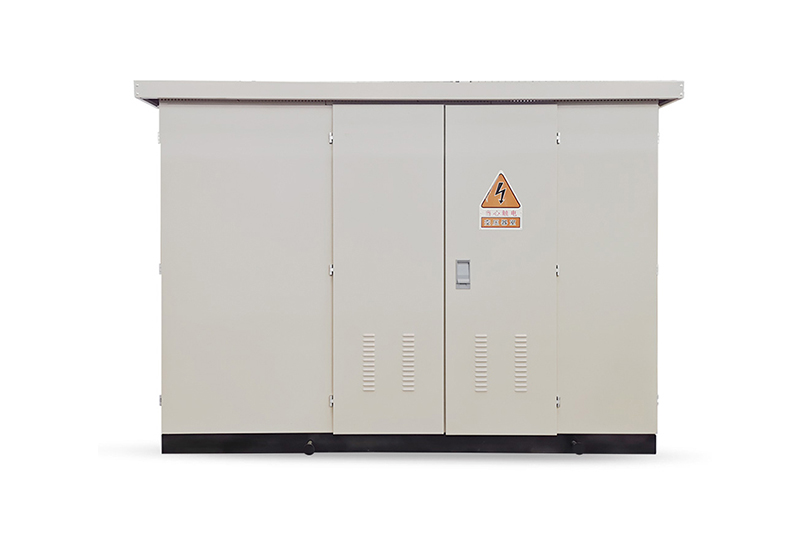Oil-Immersed Power Transformer Prices: Key Factors Behind Model Differences
Time:2025-09-22 Auther:ZTelec-www.ztelectransformer.com
When purchasing an oil-immersed power transformer, one of the first questions buyers ask is: how much does it cost? Initial market research often shows a wide range of prices—from tens of thousands to over one million yuan—depending on the model and specifications. This raises an important question: Are the price differences between different models really that significant? The answer is yes. Transformers are not standardized commodities, and their prices are shaped by a complex mix of technical, material, and market factors. This article explains in detail the main reasons behind these price variations, helping you make smarter investment decisions.

1. Technical Parameters that Influence Transformer Prices
The most direct cause of transformer price differences lies in their technical specifications. Key parameters such as capacity, voltage rating, and impedance significantly impact costs.
1.1 Rated Capacity (kVA)
The rated capacity is the core factor that determines a transformer’s cost. Larger capacity models require more silicon steel, copper windings, insulation materials, and transformer oil. Manufacturing costs increase almost exponentially with higher capacity. For instance, a 2000kVA transformer is far more expensive than two 1000kVA transformers combined, and the cost per unit capacity also rises.
1.2 Voltage Rating (kV)
The voltage rating sets the insulation requirements. Higher voltages demand more robust insulation paper, larger distances between windings, and stricter production processes. For example, a 35kV transformer of the same capacity will cost significantly more than a 10kV transformer.
1.3 Impedance Voltage (%)
Special impedance requirements affect material selection and structural design. Non-standard impedance levels often require custom R&D and specialized designs, which increase both design and production expenses.
2. Performance and Design Factors
Beyond capacity and voltage, the design sophistication and manufacturing process also play a major role in transformer pricing.
2.1 Design and R&D
High-end transformers undergo extensive R&D to meet specific customer performance standards. This investment in design and engineering is reflected in the final price.
2.2 Manufacturing Processes
Advanced processes such as vacuum casting, laser welding, and automated coil winding ensure better performance and reliability, but they increase production costs. These processes are often used in premium transformer models.
2.3 Testing and Certification
Transformers that undergo strict international testing, such as IEC, ISO, or IEEE certifications, cost more due to the additional quality control, but they also command higher market value and reliability.
3. Material Costs Driving Transformer Prices
Material composition is a major price driver. Core materials such as silicon steel, copper, and insulation directly impact efficiency, durability, and final cost.
3.1 Silicon Steel Sheets
High-quality silicon steel reduces energy losses and improves efficiency but significantly increases manufacturing costs. Low-grade steel may lower upfront price but increases long-term operational costs.
3.2 Copper vs. Aluminum Windings
Copper windings offer superior conductivity, higher efficiency, and longer lifespan compared to aluminum windings. However, copper is more expensive. Some low-cost transformers use aluminum to reduce price, but this compromises efficiency and durability.
3.3 Insulation Materials and Transformer Oil
The quality of insulation and oil affects safety and service life. Premium insulation materials and high-grade transformer oil improve reliability but increase costs. Inferior materials may lower initial prices but lead to higher maintenance and replacement expenses.

4. Brand, Qualifications, and Service Impact
Not all transformers are priced purely on technical grounds. Brand reputation and after-sales support also play a significant role in pricing.
4.1 Brand Effect
Well-known brands command higher prices because their quality and performance are recognized. Customers are often willing to pay a premium for reliability and established track records.
4.2 After-Sales Service
Manufacturers offering strong after-sales support, including installation, commissioning, routine maintenance, and troubleshooting, typically charge higher prices. However, this investment pays off by ensuring stable long-term performance.
4.3 Certifications and Standards
Transformers with comprehensive certifications like ISO9001, KEMA, IEEE, and CQC are more expensive. Certifications guarantee quality, international compliance, and improved market competitiveness.
5. External Market Factors
Besides internal specifications, external economic and industry conditions also affect transformer prices.
5.1 Raw Material Price Fluctuations
The costs of copper, aluminum, silicon steel, transformer oil, and steel are highly volatile. Sudden market price increases are quickly reflected in transformer pricing.
5.2 Market Supply and Demand
During periods of heavy grid construction or renewable energy expansion, demand for transformers spikes, often pushing prices upward. Conversely, intense competition may force manufacturers to lower prices.
5.3 Transportation and Installation
Large high-voltage transformers are oversized and heavy, requiring special transportation and skilled installation teams. These logistical costs significantly add to the total purchase expense.
Making Informed Purchasing Decisions
The wide price differences between oil-immersed power transformer models are driven by capacity, voltage, performance, materials, brand reputation, certifications, and external market factors. When purchasing, buyers should consider not only upfront costs but also long-term reliability, energy efficiency, and maintenance expenses. By balancing price, performance, and after-sales service, you can select the most suitable transformer solution for your specific project needs and budget.




